The 9th Infantry Division in Vietnam: Unparalleled and Unequaled
Written by a U.S. Army Major General (Retired) this is just the sort of book that one would write if one were disposed towards putting a spin on things.
Not to put too fine a point on it, the author, then a brigade commander and former chief of staff of the division in question, is here attempting to turn what is generally perceived as a military defeat for the United States into a resounding, even epic victory.
But, stay with us here: this review, critical as it is, is written by someone who was also there. Moreover, our reviewer rose from lowly draftee to, among other highlights, Commander of the Army’s Training and Training Technology Battle Lab. His 33 years of military service plus his training as a proper historian more than qualifies him to render a finely tuned opinion—keep this in mind when you come across the plethora of other reviews written since this book came out six years ago that have heaped praise upon it.
Hunt’s account reflects how the Viet-Nam War looked to someone lurking in a Command and Control (C&C) slick (what grunts called a UH-1 series helicopter on people-hauler duty, in other words not configured as a gunship) flying high enough to be out of range of small arms fire from the ground, or to the people in the briefing rooms of a Tactical Operations Center (TOC) lined with maps and graphs showing the enemy on the run. I suggest that Hunt’s view does not reflect what the grunts on the ground actually experienced in the division’s Area of Operations (AO) in the Mekong Delta.
Beginning in December 1968 and ending in May 1969, the 9th Infantry Division conducted Operation SPEEDY EXPRESS, which resulted in 10,899 known enemy casualties (unprosaically refered to as the “body count”). The number of weapons recovered during the six months of the operation, however, came to only 748. This translates to a body count of about 14.5 per weapon recovered. This ratio is a crucial measure for gauging the relevance of a military action. So, why such a large disparity between body count and number of weapons recovered? Hunt offers no answer. Because it doesn’t suit his purpose.
Hunt, a 1945 graduate of the United States Military Academy, then a colonel, served as the chief of staff of the division and then as the commander of the division’s 1st Brigade. As such, he was both one the proponents of SPEEDY EXPRESS and then one of the commanders responsible for its execution. The division commander of the 9th Infantry Division from 2/1968–4/1969 was Major General Julian J. Ewell, a 1939 West Point graduate. During World War II, Ewell served as a battalion commander in the 501st Parachute Infantry Regiment, jumping into both Normandy and Holland, then earning the Distinguished Service Cross while serving as the regiment’s commander at Bastogne during the Battle of the Bulge. During the Korean War, Ewell served as the commander of the 2nd Infantry Division’s 9th Infantry Regiment.
After turning over command of the division to Major General Harris W. Hollis, Ewell, now a lieutenant general, served as the commander of the II Field Force, Vietnam, until April 1970. The II Field Force was responsible for American units in the III Corps Tactical Zone, basically the broad area surrounding Saigon. The units under II Field Force when Ewell took command included five divisions (1st Infantry, 1st Cavalry, 9th Infantry, 25th Infantry, 101st Airborne) and six separate brigades (3rd Brigade 82nd Airborne Division, 11th Armored Cavalry Regiment, 173rd Airborne Brigade, and the 196th and 199th Light Infantry Brigades).
Although published by the University Press of Kentucky, the book is actually a part of the “American Warriors” series sponsored by the Association of the United States Army (AUSA). The AUSA is the lobbying arm of the U.S. Army. It is dominated by retired senior officers (almost without fail, retired general officers and senior field grade officers—such as colonels, and senior noncommissioned officers, sergeants major—with corporate ties) and has long attempted to shape the perceptions of the Army and its history. This undertaking tends to sanitize and glorify the Army’s history. Viet-Nam is a blight on that history, hence doesn’t get an objective shake. Hunt’s book fits right in with this whitewashing of history.
This relationship should not, of course, be confused with any publications by the U.S. Army’s Center of Military History (CMH) which tend to be, with very few exceptions, monographs written by trained historians who possess professional credentials in history whether as members of the military or civilians in government service. That said, many of the publications of the CMH Vietnam Studies series that originally appeared in the wake or waning years of the Viet-Nam War were what can only be best described as vanity efforts supposedly “written” by general officers (examples: Riverine Operations, 1966–1969 (1973) by Major General William B. Fulton; Tactical and Materiel Innovations (1974) by Lieutenant General John H. Hay, Jr.; Allied Participation in Vietnam (1975) by Lieutenant General Stanley Robert Larsen and Brigadier General James Lawton Collins, Jr.; and The War in the Northern Provinces, 1966–1968 (1975) by Lieutenant General Willard Pearson).
Although more often than not rather uneven, and generally tending to demonstrate a willingness to establish the first toehold in the shaping of the past and its future interpretations (not to mention being the obvious equivalent of trying to put lipstick on a pig), the early monographs in the Vietnam Studies series are still available online from the Center for Military History. However, the CMH’s later and ongoing efforts to understand the Viet-Nam War represent topnotch work by serious historians
One of the items in the Vietnam Studies series is entitled Sharpening the Combat Edge: The Use of Analysis to Reinforce Military Judgment (1974) by Lieutenant General Julian J. Ewell and Major General Ira A. Hunt, Jr., the latter also the author of the book we’re dealing with here. In the many hosannas and paeans to both the generalship of Ewell and the 9th Division’s combat prowess, as reflected in no end of charts, tables, and maps, one would expect SPEEDY EXPRESS—the division’s alleged greatest battlefield triumph—to be featured in great detail. Not so; search the Index or the text of Sharpening the Combat Edge for any mention of the operation and prepare to come away empty-handed.
The focus of Sharpening the Combat Edge is the use of analysis and the subsequent crunching of numbers to shape the way the command conducts operations. This, in and of itself, is not necessarily a problem, of course. But it is a problem when the numbers and the analysis processed at the command level diverge from the situation on the battlefield. This is in great part what happened during SPEEDY EXPRESS: the body count as expressed in numbers being reported by the units were interpreted as being one thing when, in reality, they were something else altogether. The lack of weapons being recovered as a number was apparently simply dismissed as not being relevant. It was body count that matter in the final analysis.
It should come as no surprise, then, that any discussion of Operation SPEEDY EXPRESS is absent from Hunt’s book. Indeed, until the Army’s Center of Military History finally gets around to writing its history of this period of the war (CHM monographs on the Army’s combat operations currently go to only October 1967) we will not know how the Army will deal with SPEEDY EXPRESS. Unfortunately for the True Believers—those who read Colonel Harry Summers’ On Strategy: A Critical Analysis of the Vietnam War (1982) and thought that the war was indeed winnable had the military been allowed to do so—there tends to be an admirable trait among the historians assigned to the CMH (as well as those other historians who contribute to its work) to address the Army’s past, warts and all.
Although Nick Turse (Kill Anything That Moves, 2013) tends, certainly in my view, to sometimes get carried away with himself and be seduced by the echo chamber of his own voice, too often forgetting that analysis should lead to the development of an interpretation and not the other way around, even a blind hog occasionally finds an acorn. With ideological and methodological shortcomings far too often tainting his observations, which though often overstated still carry just enough grains of factual evidence to warrant at least some form of consideration, his 2011 report on SPEEDY EXPRESS did address the huge gap between body count and number of weapons recovered. This exposé had its moments of interest before then sinking from sight, shoved to the side given both its source (Turse) and that the Viet-Nam War is ancient history, generally being relegated to the ages.
Of course, one could suggest that anyone who spent any actual time in the rice paddies of the Mekong Delta where the Old Reliables operated during SPEEDY EXPRESS would, if they were honest, scarcely be surprised by the 14.5:1 ratio. While some weapons carried by the Viet Cong were certainly lost in the muck of the paddies or ended up in the bottom of a stream after a firefight, especially at night, one would expect the ratio to be something closer to at least 2:1.5 or so. What Ewell, Hunt, and others suggest for SPEEDY EXPRESS is, one could suggest, either the nonsense of a highly trumped up body count or indicates something far more disturbing: what Turse suggested, namely civilian deaths being counted as those of combatants.
Out of curiosity, I was interested in what the Vietnam Veterans of America publication, The VVA Veteran, had to say about the Hunt book. Given that the publication’s book reviewer, Marc Leepson, went to great length to viciously attack the work of George Mason University history professor Dr. Meredith H. Lair and her scholarly book, Armed with Abundance: Consumerism & Soldiering in the Vietnam War (2011), I expected that there would be some considerable discussion regarding the Hunt book. Other than a few quite bland paragraphs giving a minimum of information regarding the book, nothing much, certainly no questioning of the numbers found in profusion in the book or any mention of SPEEDY EXPRESS. Given that such matters were once a concern of the organization, its omission is interesting, especially in light of the assault on Dr. Lair.
Of course, there is the possibility that Leepson is either unaware of SPEEDY EXPRESS or simply ignored it. The operation is absent from Webster’s New World Dictionary of the Vietnam War (1999) that Leepson edited with Helen Hannaford. Then again, Leepson served as a REMF (Rear Each Motherfucker, if you must ask, not exactly a term of endearment on the part of the very small, distinct minority of American troops that actually conducted combat operations) deep in the bowels of a large American base camp where he states that he actually feared for his safety and the chances of completing his tour (!). That he gives Hunt a pass and then proceeds to attack Lair and her work, which can only be seen as an excellent piece of highly original scholarship says something, not necessarily complimentary regarding Leepson. It should be noted after the review in The VVA Veteran, Dr. Lair was the victim of an orchestrated smear campaign questioning her scholarship and academic credentials. This was led, of course, by Leepson and other REMPs, offended by any supposed questioning of their masculinity and status as Viet-Nam veterans – suggesting that along with Leepson, few of those involved in the smear campaign actually bothered to read the book or were simply clueless as to what Dr. Lair was actually suggesting.
Unlike Leepson, a REMF, I served as a combatant in the war, being a member of a Long Range Reconnaissance Patrol (LRRP or Lurp) company, E Company 50th Infantry (Long Range Patrol) (Airborne), which became a Ranger company, E Company (Ranger) 75th Infantry (Airborne) – which later became the 75th Ranger Regiment, which was assigned to the 9th Infantry Division. I was a member of the Lurps and Rangers during SPEEDY EXPRESS, although I am certain that I had little to no clue that it existed: my focus was running missions and trying to somehow survive my tour. Even then, I realized that Echo Company was one of the relatively few units in the division that actually engaged armed enemy elements on a routine, recurring basis. We usually managed to recover weapons and any body count was of the sort that if we did not see it and verify it, it did not count. This was often a matter of contention, of course, given that on more than a few occasions I was surprised to read in the brigade or division SITREP (Situational Report) that my team or one of the others had a body count of so-and-so on a mission when we had not claimed any, usually thanks to being more concerned with other, more pressing matters such as managing to live to fight another day…
In other words, even down at my level, as pretty much just another expendable part in the Army’s vast war machine, it was obvious that something was amiss. After I returned to college to complete my undergraduate work and then start graduate school before returning to the Army’s fold, Seymour Hersh, the journalist who won the Pulitzer Prize for his reporting on the My Lai Massacre in March 1968, visited the University of South Carolina where I got him to sign my copy of My Lai 4: A Report on the Massacre and Its Aftermath (1970). In our brief, post-speech discussion, when Hersh discovered that I had served in the 9th Infantry Division while Ewell was in command, the first thing he asked me was about Ewell’s reputation as a “butcher,” given the body count the division had racked up during this time leading the division. I assured him that I was only too aware of the division’s reputation.
Should one have the impression at this point that I have many reservations regarding Hunt’s work, you would be correct. I actually stumbled upon the book while looking for something else relating to the war. It was a difficult book to read with the level of objectivity that, as a professionally trained historian, I should be capable of. On the other hand, thanks to people such as Ewell and Hunt, soldiers in the division were often placed in difficult situations both tactically and ethically. That Hunt singles out a sniper, Sergeant Waldron, for special mention struck a nerve. That Waldron running up a large body count is deserving of recognition in Hunt’s eye is not surprising, but I think that more than a few of us thought that Waldron and his activities—such as cruising on the waterways on a patrol boat and picking off “Viet Cong”—tended to be not as heroic as the chateau types thought.
While there are some uses that the book could and should serve, it is certainly not a book that I can recommend for many reasons, most of them outlined here. It is simply a piece of what might be termed, “rah-rah” military history, putting lipstick on a pig as it were. The performance of the 9th Infantry Division during World War II was quite exemplary. It saw action from the initial landings in North Africa in November 1942 to the invasion of Sicily in 1943 to the defeat of the Third Reich in May 1945. Its performance during the Viet-Nam War was, I would suggest, somewhat uneven, much as was the case with the other large American units during the war. There were other operations during the war besides SPEEDY EXPRESS that should give serious concern to the results of American operations and the body count that resulted.
The 9th Infantry Division in Vietnam: Unparalleled and Unequaled is revisionist claptrap of the worst sort.
Copyright 2017, Don Capps (speedreaders.info).


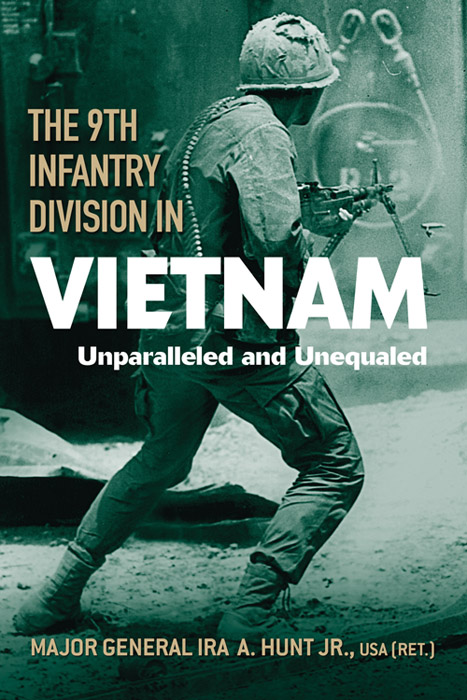
 RSS Feed - Comments
RSS Feed - Comments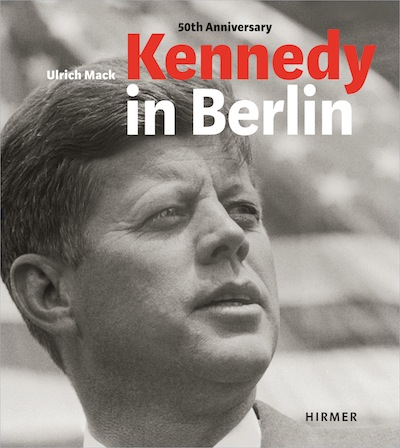

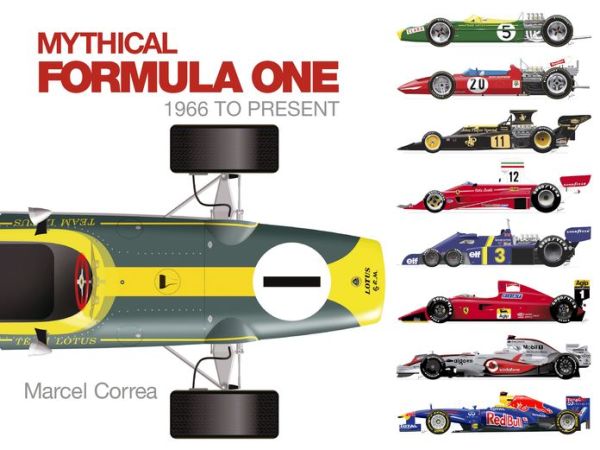


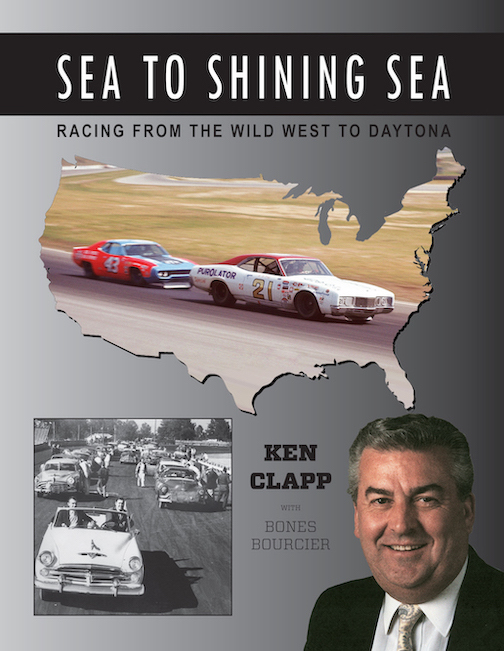

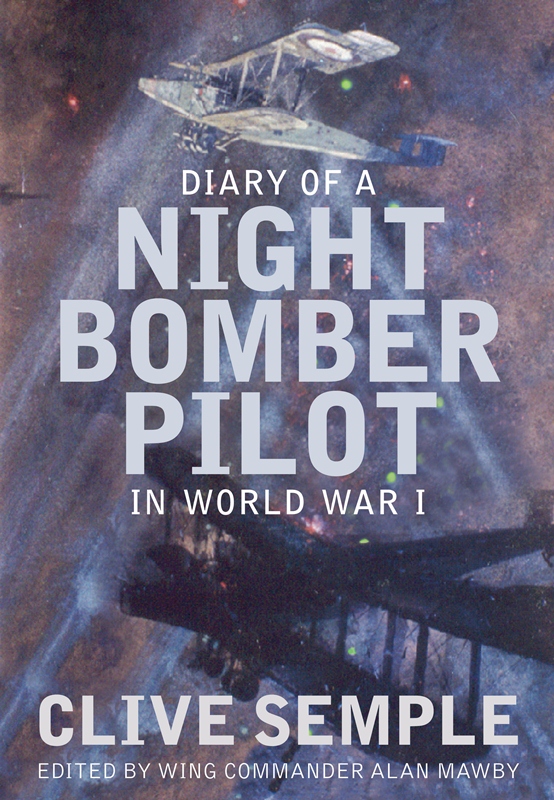
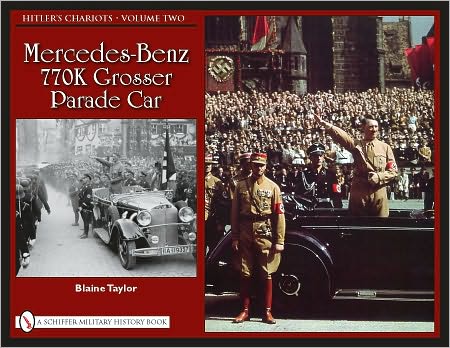
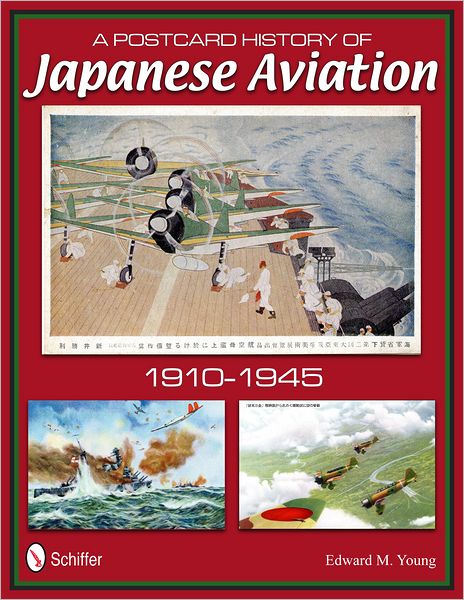

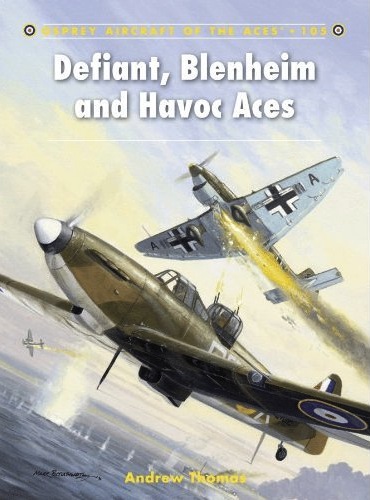
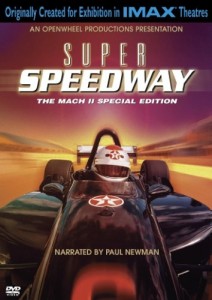


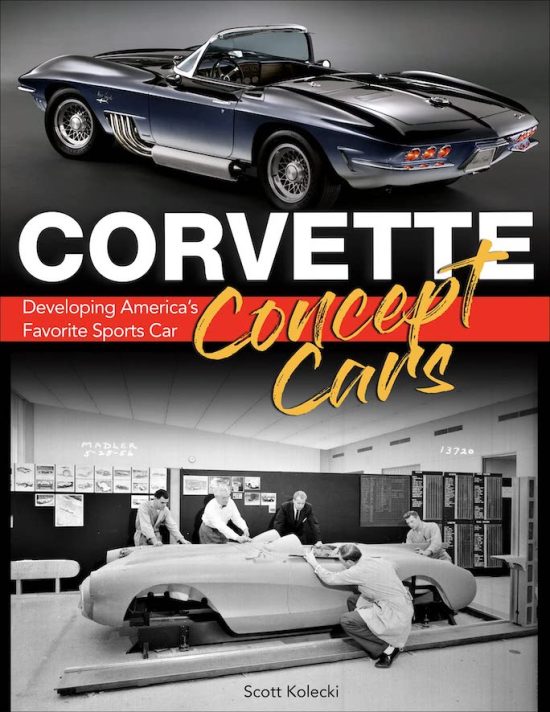
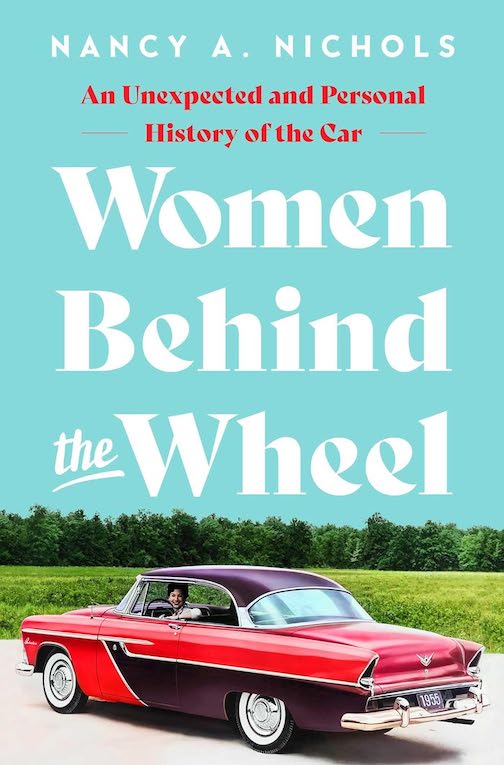
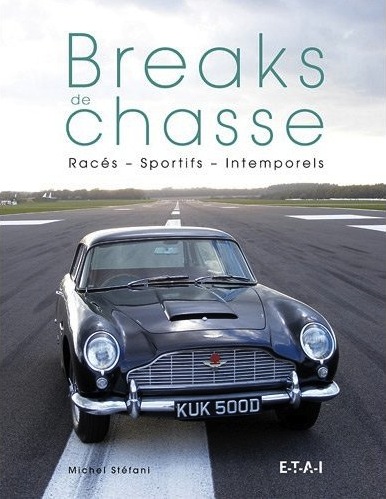
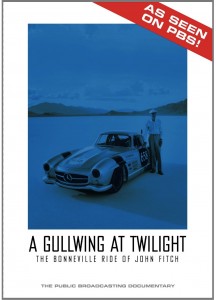
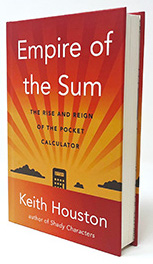
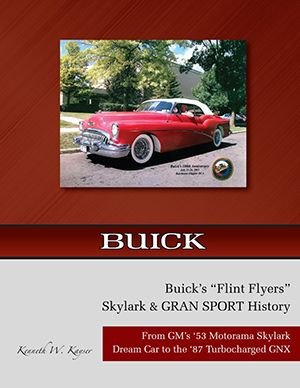
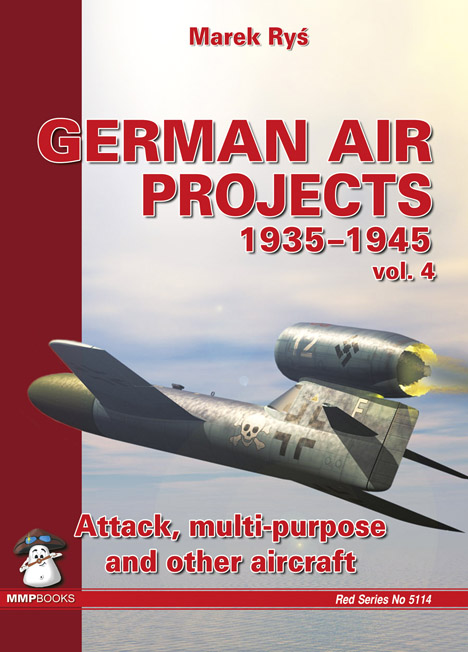
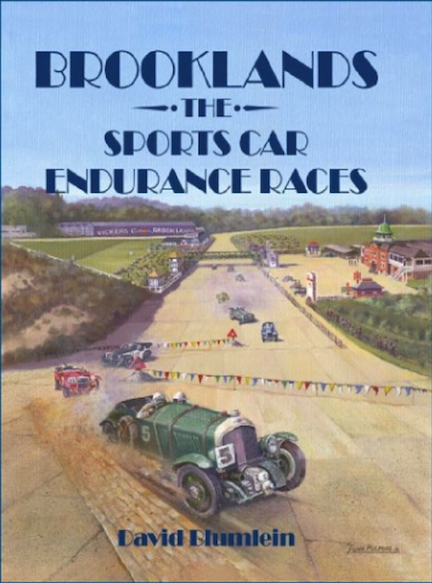
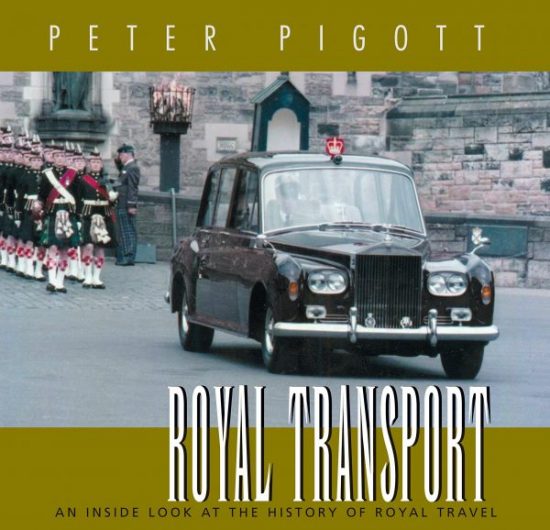
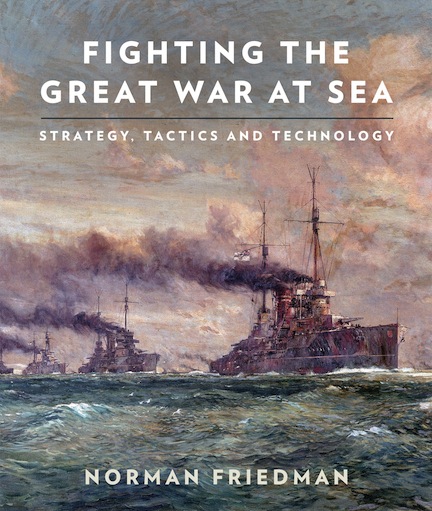
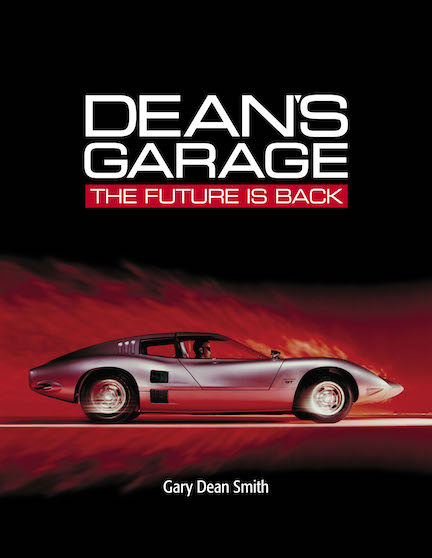
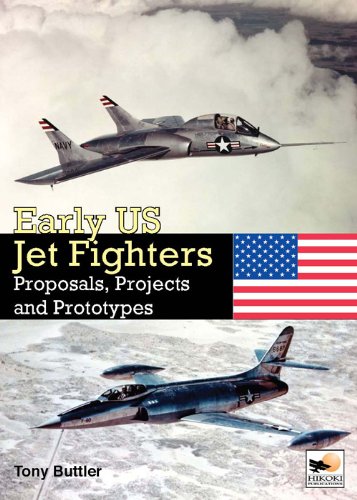
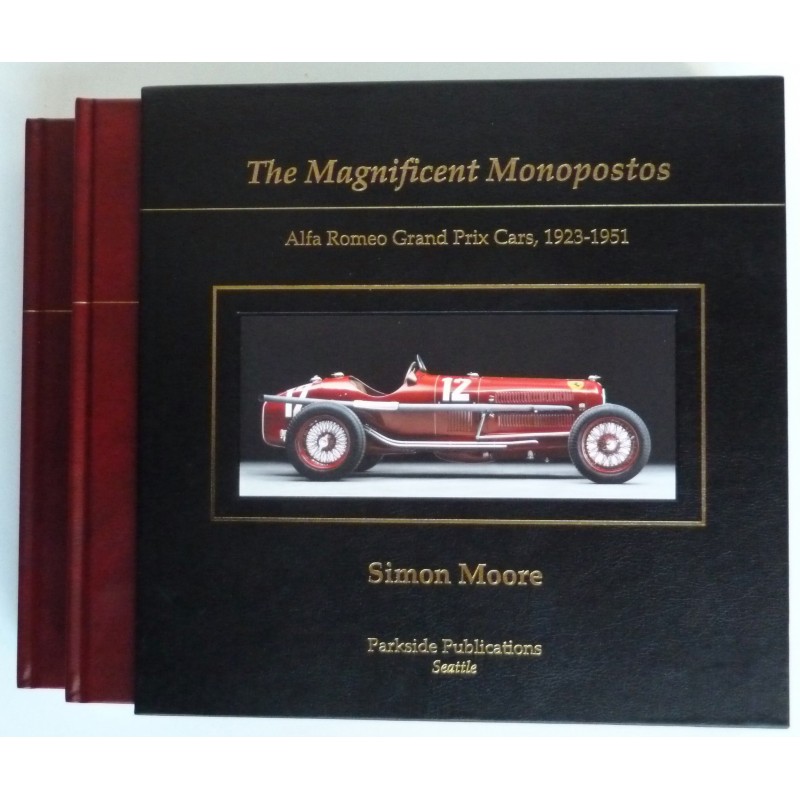

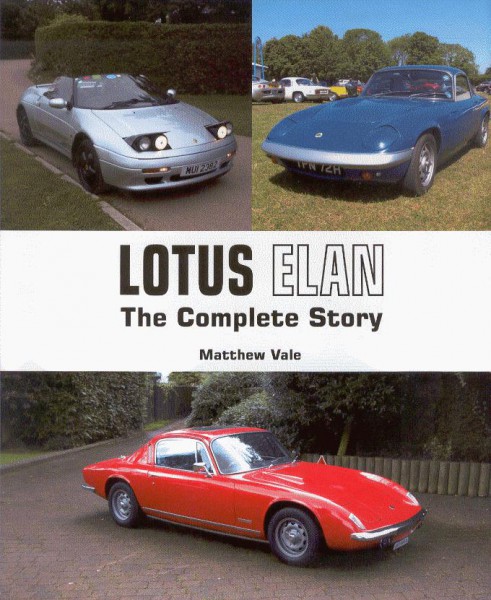
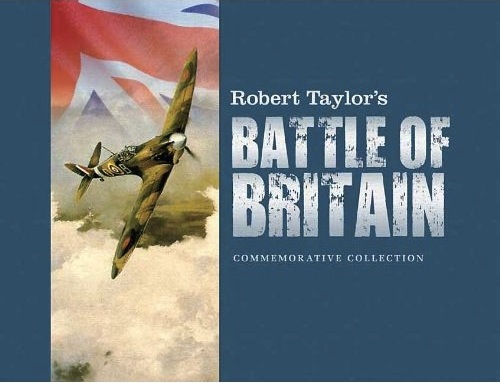



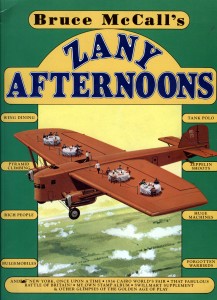
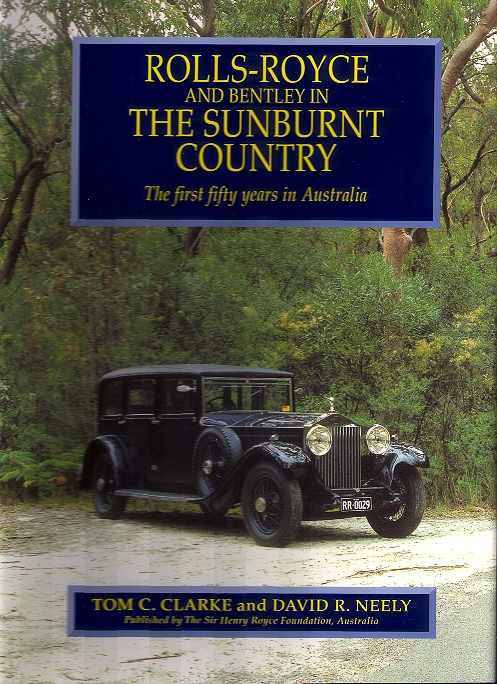
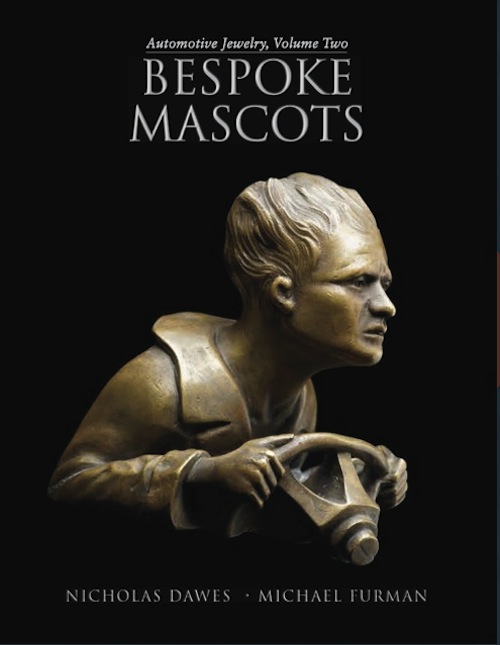
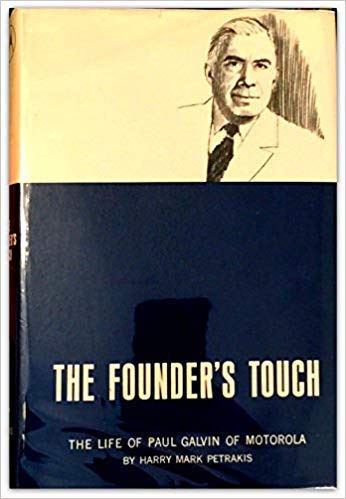
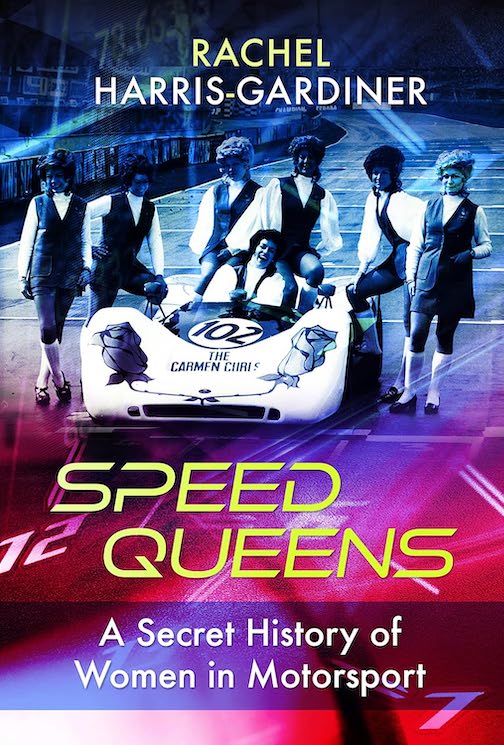
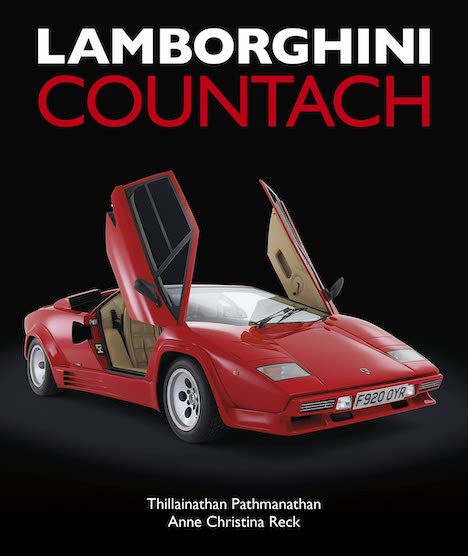


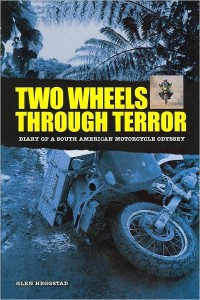
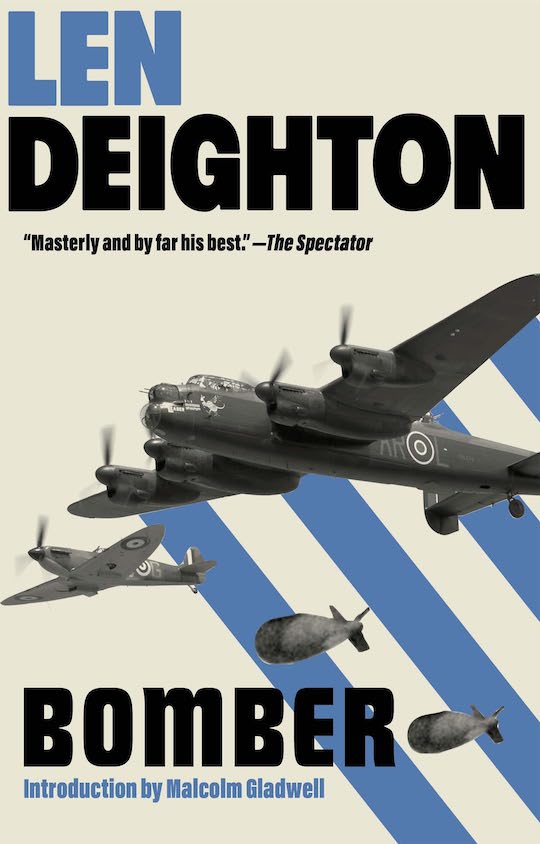

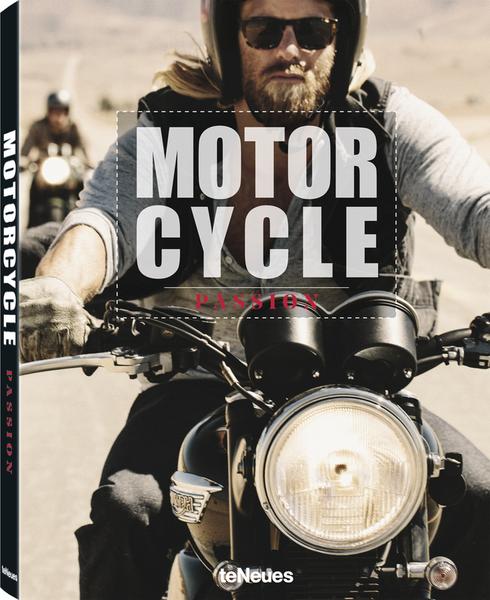
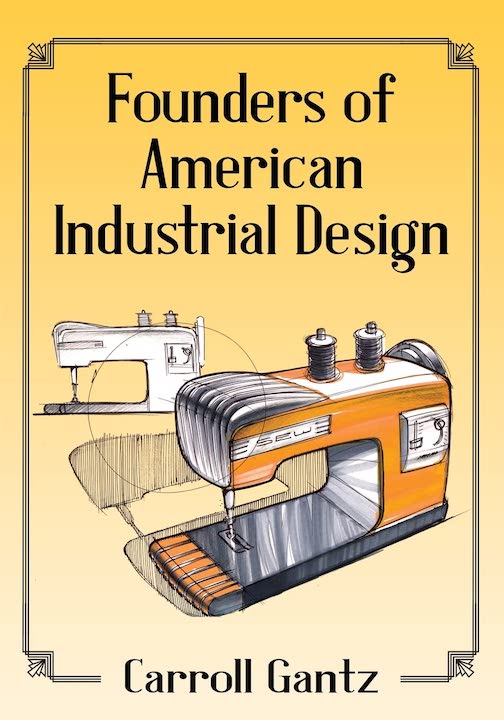
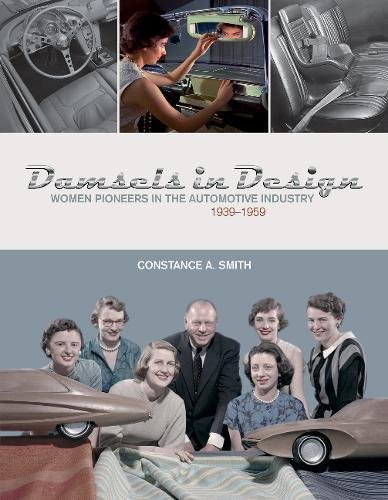
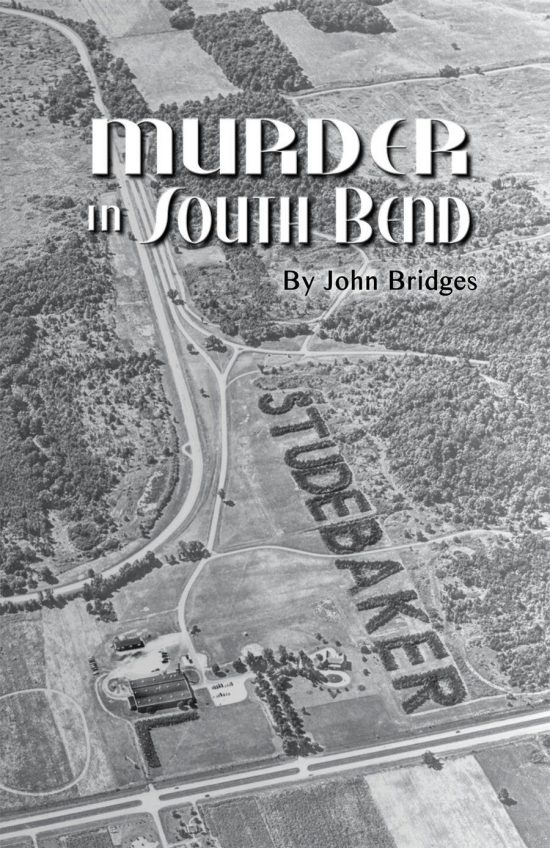

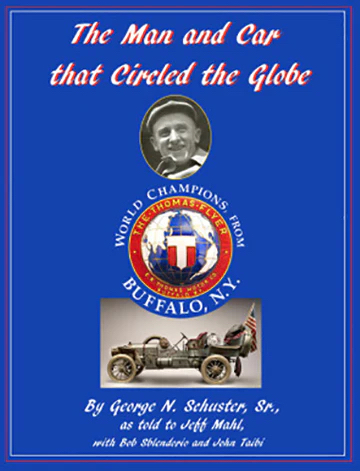

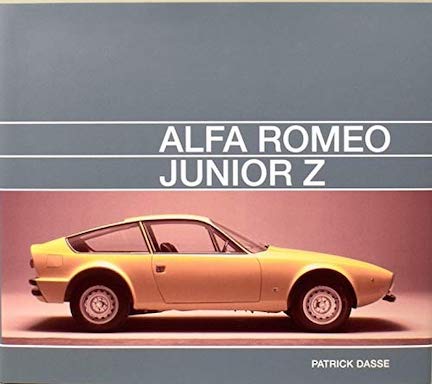
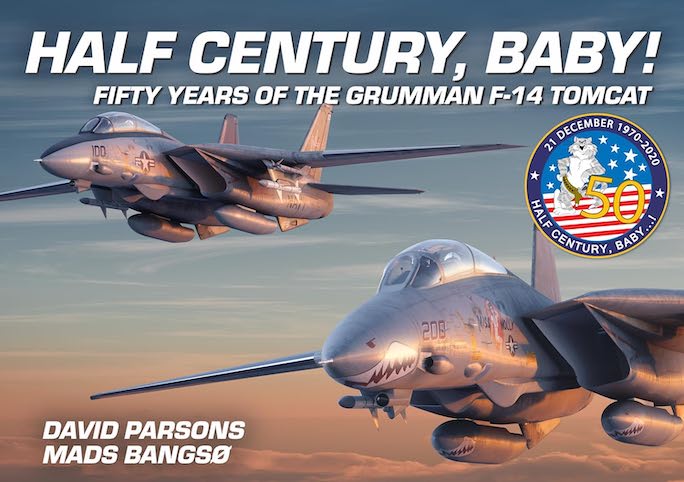
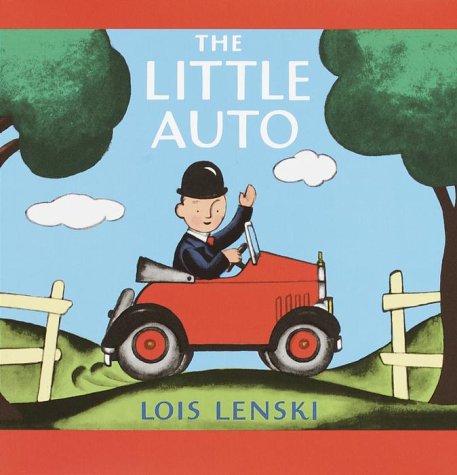
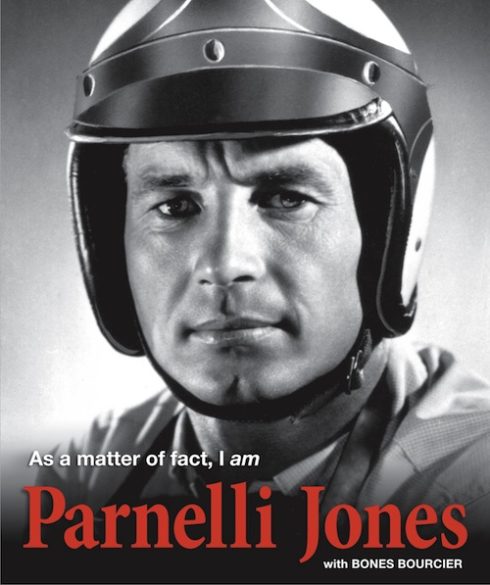
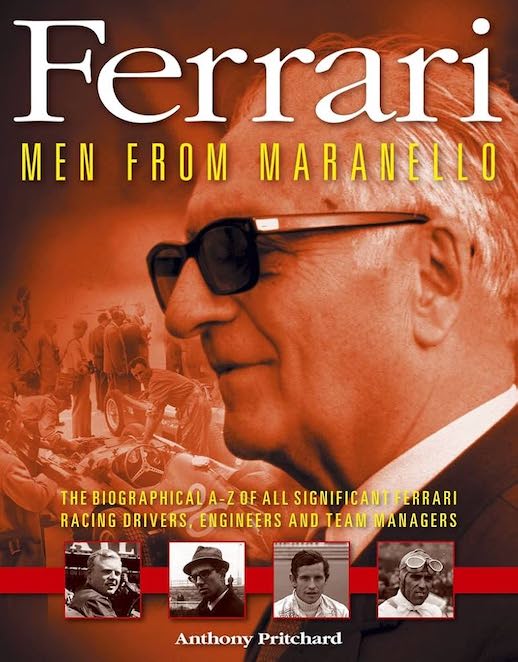
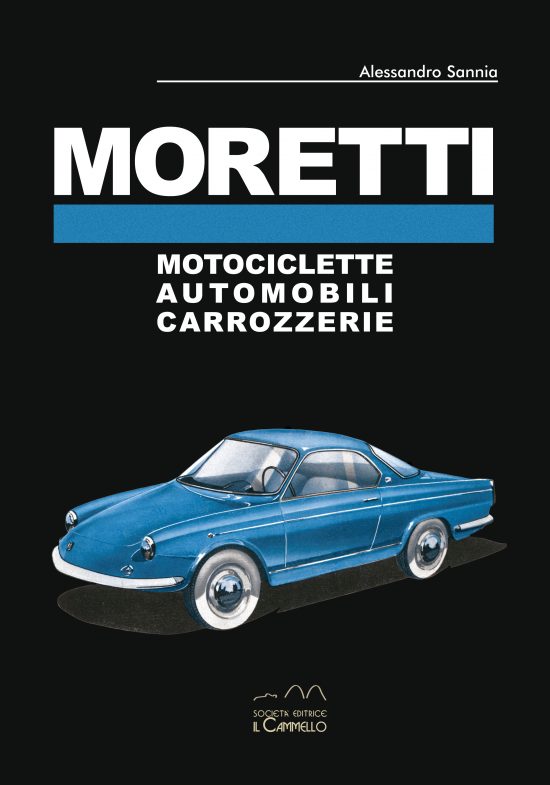
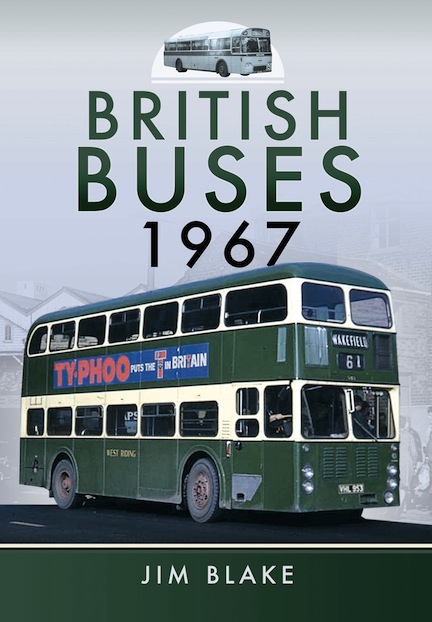
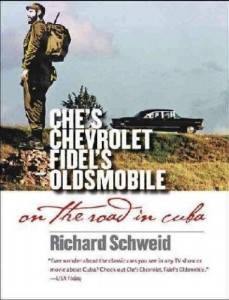
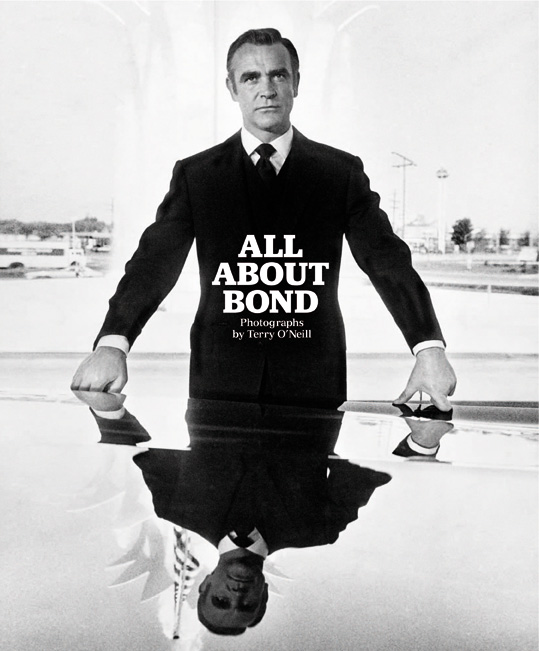

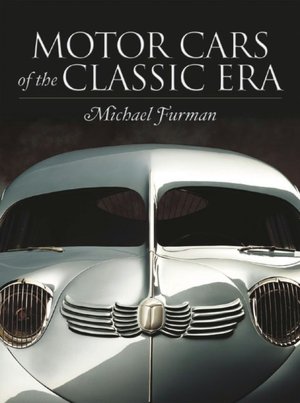
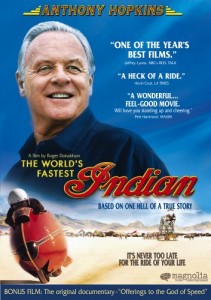
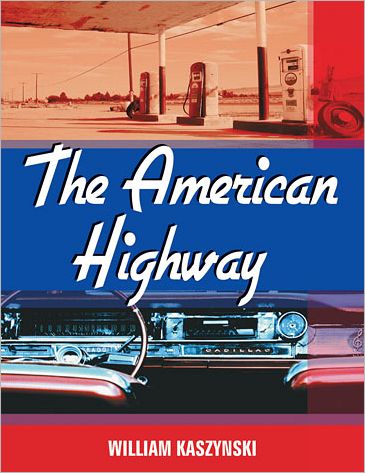
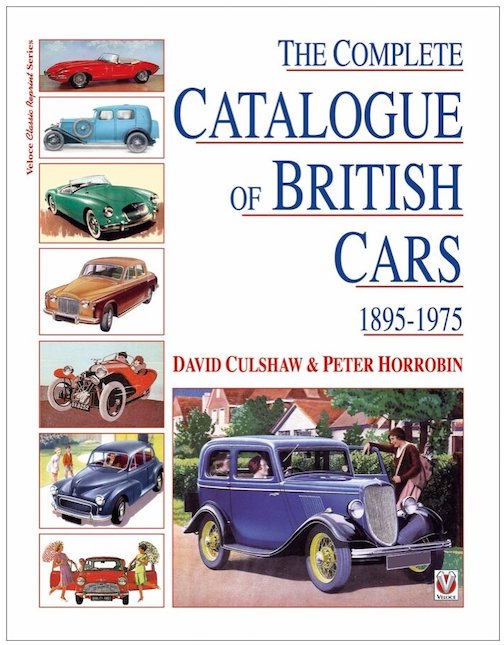
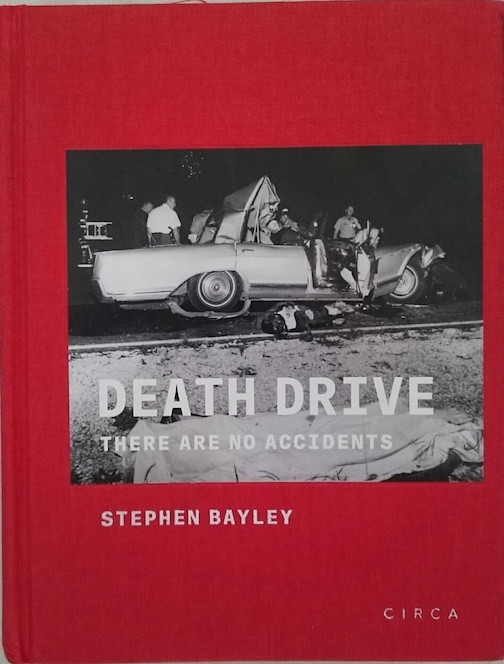
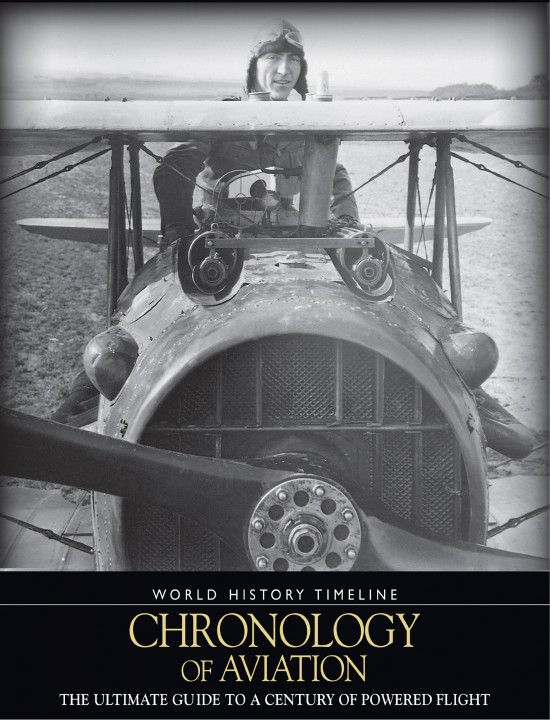
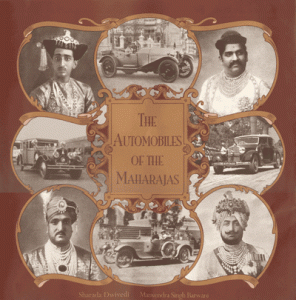
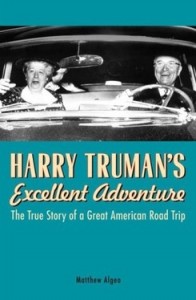

 Phone / Mail / Email
Phone / Mail / Email RSS Feed
RSS Feed Facebook
Facebook Twitter
Twitter